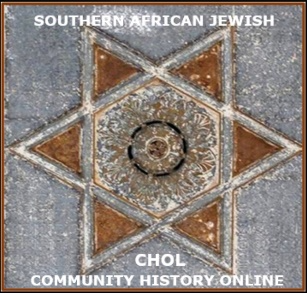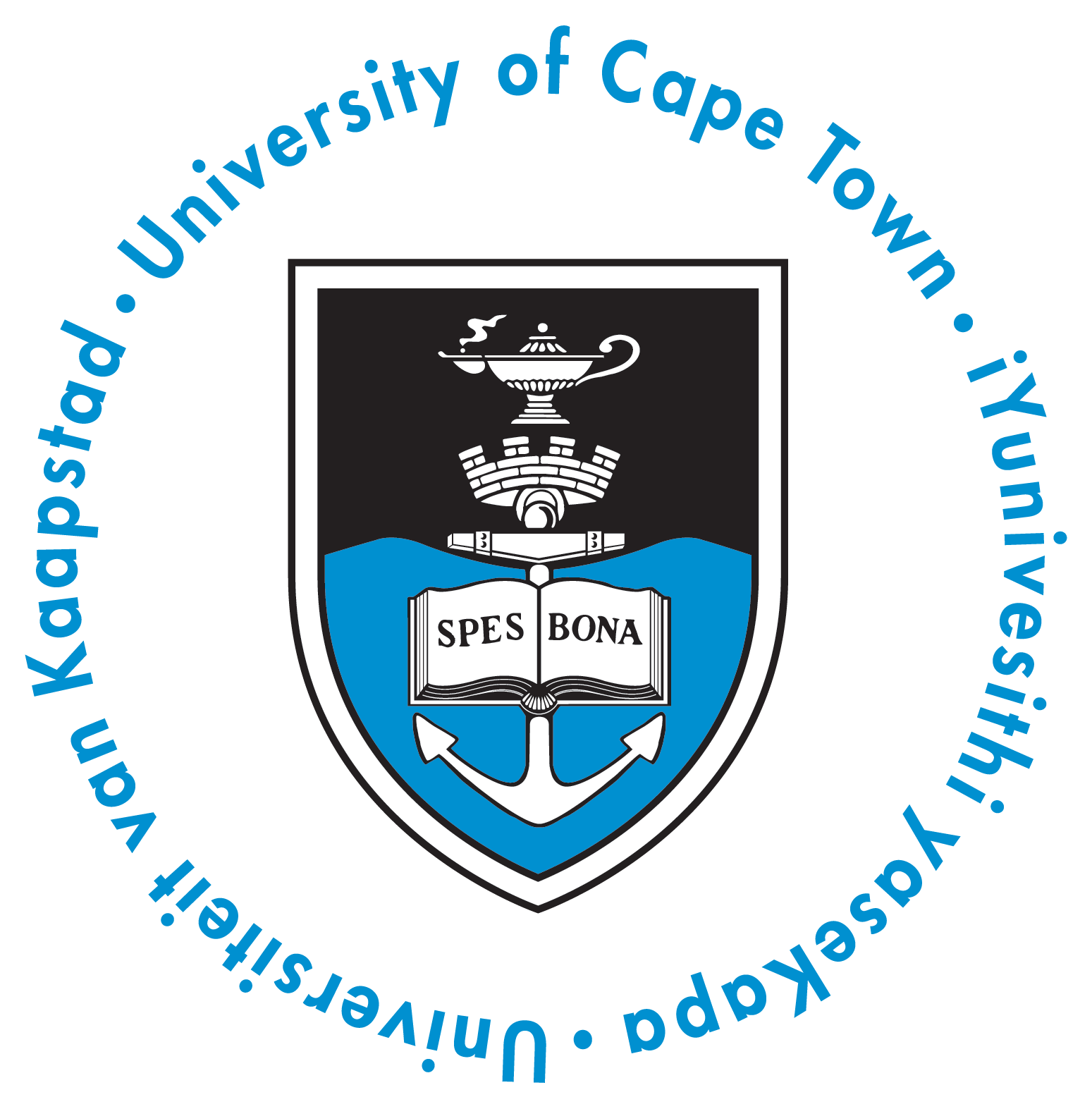Roodepoort synagogue and religious life
1904: The Roodepoort Jewish Community was established in 1904, with Charles Tannenbaum and Avraham Boner on the committee. Services were held at the home of Charles Tannenbaum.
As the members of the community prospered, it was decided to build a synagogue. Funds were collected and the foundation stone was laid in 1905, by G. Frankel. Mr Frankel and a Mr Seehoff owned a large business, dealing in groceries and fresh produce, in the centre of Roodepoort.


With the opening of the synagogue, the community expanded and a rabbi was employed. Services were conducted at the synagogue on Shabbat and on the various festivals. The rabbi provided cheder classes for the children of the community. The rabbi was also the schochet and provided kosher slaughter of animals.
Over the years there were many rabbis, including Wisken, Orenstein, Friedman and Kaye.
In the early years there were about fifty families and at its peak in the 1930s and 1940s there may have been up to seventy families, who were members of the synagogue and who paid for their membership according to which seats they were allocated for services in the high festivals.

The community decided to build a community hall, adjacent to the synagogue. This was completed in 1949 and named for Morris Hockman, a prominent community leader. The new building included a classroom for cheder lessons and a large hall. The hall then became the centre of activities of the community.
From the 1950s the community started to decline as members followed their children to Jewish schools and university in Johannesburg.
In the 1960s it was decided to amalgamate the communities of Roodepoort and Florida, forming the Roodepoort-Florida Jewish Congregation. The Florida congregation had been a small congregation, with a small synagogue in Maraisburg. Several members of the Florida congregation described the Maraisburg Synagogue as being an intimate site of prayer with a closely knit congregation. The amalgamation of the two congregations provided new life for the congregation. In 1975 the congregation celebrated 70 years of its existence.
By 2000, in spite of the increase in activities of the congregation, families continued to leave the area and to move mostly to Johannesburg with all the educational facilities. It was thus that in the early 2000s it was decided to dissolve the community. All assets were sold, and the money was devoted to Jewish education. One Sefer Torah was donated to a congregation in Australia.

Thus after 100 years the previously strong Jewish Congregation in Roodepoort came to an end. The buildings of the synagogue (above left) and Morris Hockman Communal Hall (right) are still standing but have no connection with the former Jewish residents of Roodepoort.
Roodepoort: The Maraisburg Shul

The little shul in Maraisburg was the centre of Jewish communal activity for the Jews of Florida and Maraisburg. The congregation was established in about 1910 and the shul was built in 1921, situated behind Zidel's hardware store next to the Crown Mines golf course.
Robert Schneider told us that his grandfather, Lewis Schneider, was a stalwart of the Maraisburg Jewish community, being instrumental in the establishment of the Maraisburg Shul. He was the trustee who secured the land, and his name and title appear on the foundation stone laid on 26 June 1921.
The Maraisburg Synagogue was described as being an intimate site of prayer with a closely knit congregation. Most of the Florida and Maraisburg Jews worshipped at this little shul on Rosh Hashanah and Yom Kippur. There were Friday night services and daily services if needed for mourning or yahrzeits, but not regular Saturday morning services.
The Maraisburg minyan was made up by those who sat eiben oof (in the front row) – Mr Galansky (eating house), Sam Zidel (hardware store), Morris Rubinstein (jeweller and watchmaker), Julius Kaplan (storekeeper), Mr Shubitz from Discovery, the Dreyers (father and son Leon, owners of the Royal Bioscope on Goldman Street, Florida), Mr Phillip Queit (storekeeper), Dr Morrie Jacobson (general practitioner), Boots Sandler (storekeeper), Mr Lifschitz (pharmacist), Mr Harberer (manager of the Maraisburg Hotel, who supplied the sodas to break the fast), Mr Bernstein (businessman), the Milunskys, the four Woolf brothers, Barney, Stanley, Ernest and Porky (shopkeepers and Porky, the butcher who made delicious biltong). (Bennie Osrin the pharmacist never came, and Dr Sabse Spiro and attorney Gus Ackerman preferred going to Roodepoort despite living in Florida.)
After services on the first day of Rosh Hashanah the Woolf brothers' mother Sarah Woolf invited the congregation to a kiddush at her home in Maraisburg. Barney Woolf's wife, Ida Woolf, was an opera singer.
Robert added that Lena Schubitz, Bertha Rubinstein and Rae Jacobson were his mother's closest friends.

Robert Schneider said: I am familiar also with some of the other names on the foundation stone (above), apart from my grandfather, L. Schneider, namely H. Woolf, S. Krawitz and S. Y. Sandler. My family have had a special and longstanding relationship with the Krawitz family going back to my grandparents' time. Their eldest son, Abe, who became a prominent solicitor in Johannesburg, proposed the toast to my grandparents, Lewis and Gertie Schneider, at my parents, Max Schneider and Vida (née Milunsky)’s wedding in Johannesburg on 27 December 1950.
Many of the congregants had nostalgic memories of the little shul in Maraisburg nestled between the golf course of the adjacent mine and the last row of houses of the town. They went each Rosh Hashanah and Yom Kippur from early childhood to past their bar mitzvah. Sometimes, with just ten to fifteen men attending, if one man needed to use the lavatory in the back yard, the service would have to be halted until he returned.
Read about many of the people mentioned in this article on the People page.



